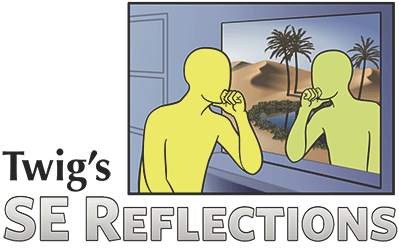Play Episode 2 Here
Podcast: Play in new window | Download
Subscribe: RSS
Tracking felt-sense experience isn’t a “one size” fits all kind of thing. It has nuances that require discretion, particularly for clients with higher degrees of accumulate stress.
One definition of “tracking” could be the “application of attention over time.” Since attention is both integrating and potentiating we need to watch for the balance of trying to maximize how much integration we facilitate while minimizing the likelihood that “things” will get potentiated beyond the range of “I Can” observation. Trying to maximize attention and failing because we try to do too much is no way to succeed. Yet we do want to maximize how much our clients are able to pay attention to things.
One helpful solution to this challenge is to consider the roles of continuous or intermittent observation or “tracking” and the question of when, how and why we choose one over the other at various different times and for different people is what I review in this podcast.
If you find that you’re constantly asking your clients to pay attention to what they’re experiencing and “just stay with that” only to discover that what comes next is the opposite of what you hoped for, this would be a good episode to review.
In this 23 minute piece I review:
- The concepts of continuous and intermittent tracking.
- The range of “I Can” observation.
- The helpfulness and danger of potentiating experience through observation.
- Some patterns and timing of intermittent tracking.
- A few specific elements on times to use continuous or intermittent attention.
- Projections on various studies for practitioners on related themes to these two styles of tracking: including languaging, accurately assessing a client’s “I Can” level of observation, redirection of attention and more.

